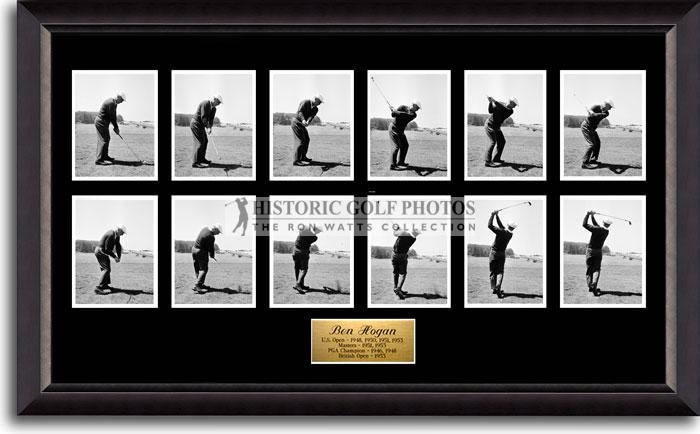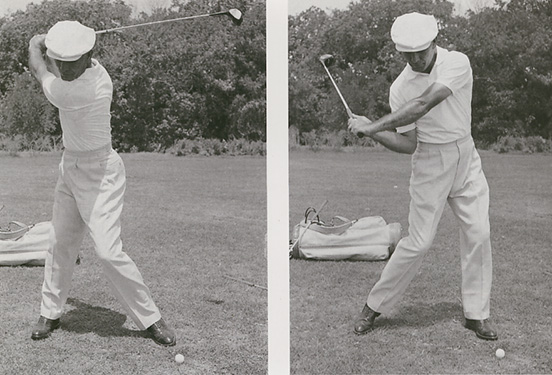

A full, unrestricted turn with a long backswing is better for your drives - and for your body. And if you swing hard from a shortened backswing, you’ll risk an injury. Some say it may improve your accuracy in the short term, but it robs you of distance. The idea that a shorter, more “controlled” backswing is better isn’t what we see from the world’s best - not in this generation or the past. Not only is his backswing long, it’s way past parallel, something that even Ben Hogan proved was perfectly suited for the power game a generation prior. Here we see a young John Daly, one of the longest hitters in history, ready to let one loose.

Just like a plane uses a lengthy runway to build speed before taking off, a longer backswing increases swing speed and adds power to your drives. Nicklaus’ hallmark front-heel lift happens because he’s turning freely, with no hint of tension, but his middle always stays centered. Too much side-to-side sliding restricts your backswing turn and costs you power.Ĭopy Jack to properly keep the middle of your swing centered while maximizing your turn.
Ben hogan swing sequence full#
This is important, because turning your right hip internally like this gives you a full range of motion (and Jack is certainly “ranging” here). Also notice how his right hip has remained inside the heel of his right shoe. Check out how the great Jack Nicklaus is turning his pelvis clockwise in the photo above. How you move your middle - pelvis, hips and upper legs - ultimately decides the quality of your turn. Your swing has an “engine” - your middle. Jack Nicklaus’ internal turnĬertainly you’ve been told to “turn” on your backswing, but what does that really mean? As part of this transition, your right knee will kick in, your right heel will begin to lift and your lead hip will stay well inside your lead heel - just like The Slammer. Make a big turn on the backswing, plant yourself on the ground, then rotate hard with very little lateral movement.

Ben hogan swing sequence drivers#
All great drivers follow a sequence using what I call the “dance move.” Sam Snead may have done it best.


 0 kommentar(er)
0 kommentar(er)
